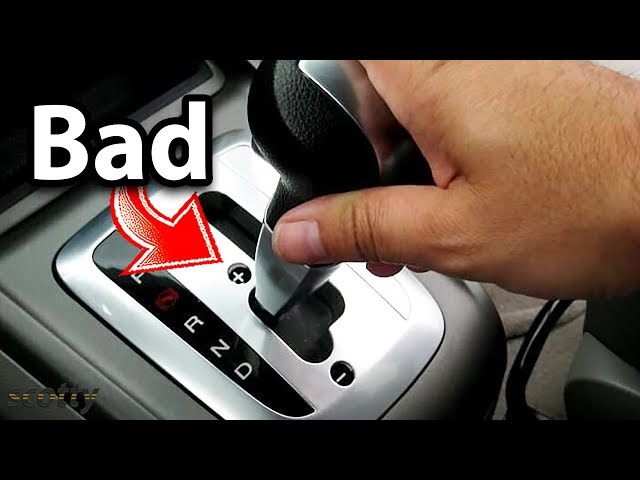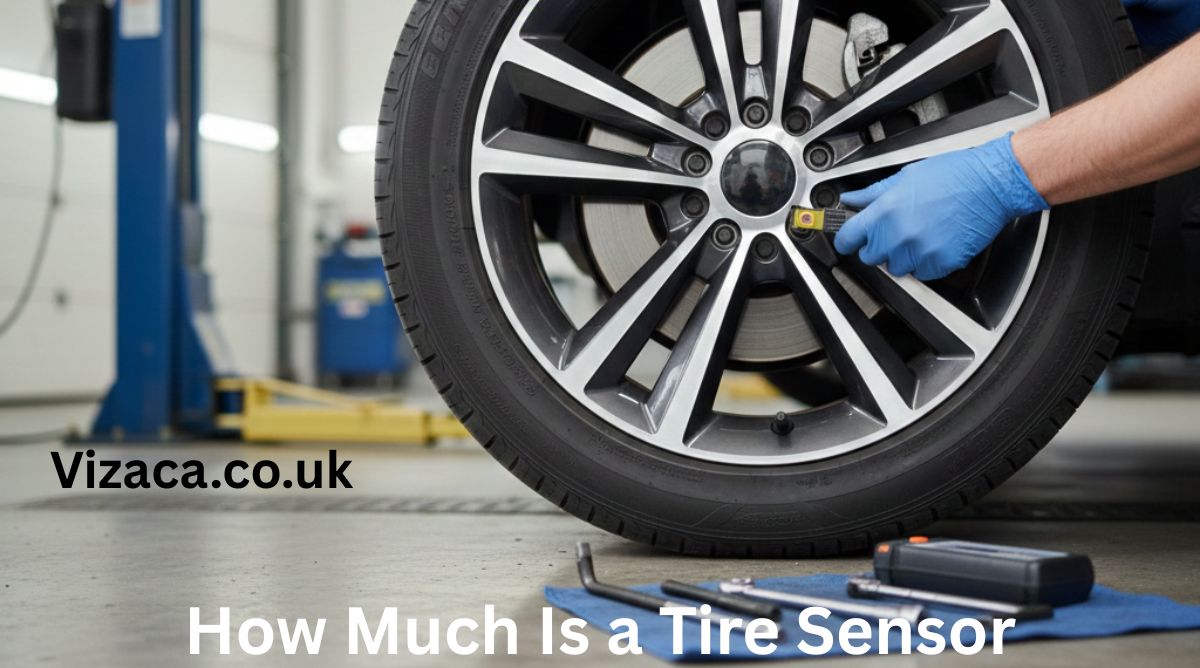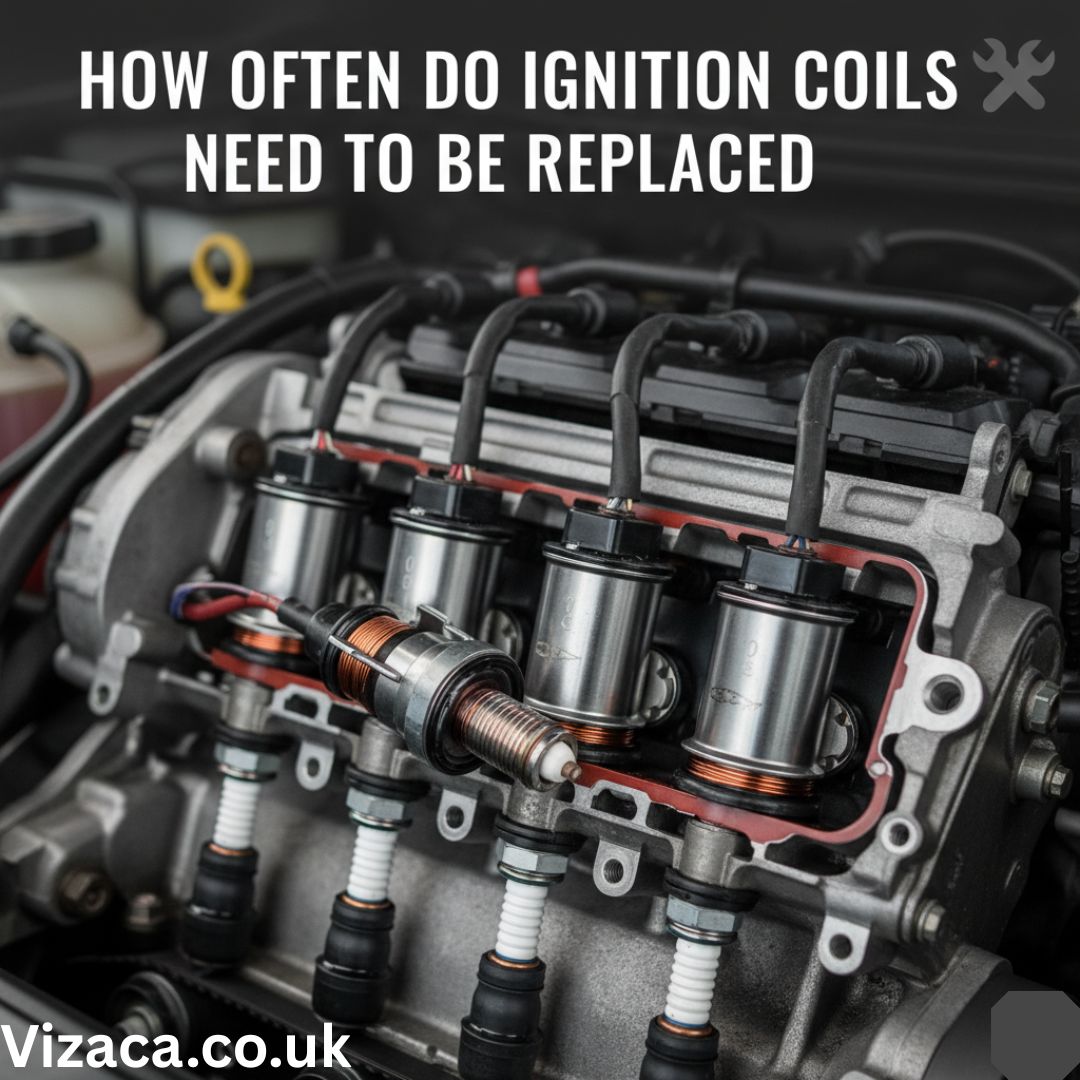Yes, a bad transmission can throw a code, and in most modern vehicles, it often does.
When something goes wrong in the transmission—whether it’s slipping, overheating, or a sensor malfunction—the vehicle’s onboard computer (ECU or TCM) detects it and stores a diagnostic trouble code (DTC).
What Kind of Codes Can a Bad Transmission Trigger?
Transmission-related issues often trigger codes like:
Common Transmission Codes:
- P0700 – Transmission Control System Malfunction (generic “transmission issue” flag)
- P0730 – Incorrect gear ratio
- P0740 – Torque converter clutch circuit malfunction
- P0750–P0779 – Shift solenoid issues
- P0715 – Input/turbine speed sensor fault
- P0720 – Output speed sensor malfunction
These codes are readable with an OBD-II scanner, which most auto shops and parts stores can check for free.
Signs of a Transmission Problem That May Throw a Code
- Hard shifting or slipping gears
- Delayed engagement when shifting into drive or reverse
- Check engine light or transmission warning light
- Shuddering or jerking at certain speeds
- Transmission stuck in one gear (“limp mode”)
If the system detects a fault, it usually stores a code and may even limit performance to protect the transmission.
Can a Transmission Be Bad Without a Code?
Yes, sometimes.
Here’s when a transmission issue may not throw a code:
- Mechanical failure with no sensor input (e.g., worn clutch pack, broken gear)
- Low transmission fluid causing symptoms, but not yet triggering a sensor
- Failing parts in older vehicles with limited diagnostics capability
In these cases, a transmission can still be bad—even if no code appears. Mechanics may need to rely on symptoms, test drives, and fluid inspection.
Final Thoughts
Yes, most transmission problems will throw a code, especially in newer vehicles with sophisticated monitoring systems.
However, not all failures are electronic—so a lack of a code doesn’t guarantee the transmission is fine. If your vehicle is driving oddly or shifting poorly, it’s worth getting it inspected, even if no warning lights are on.










